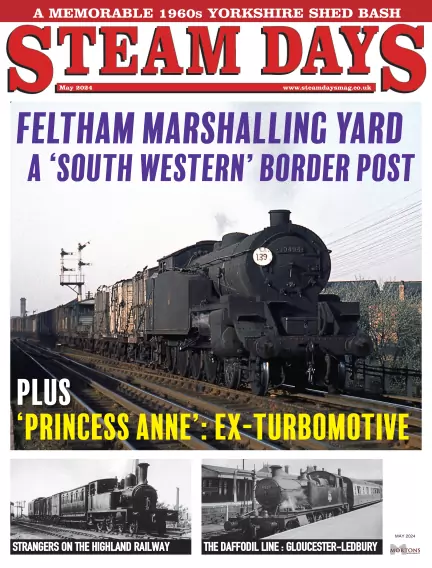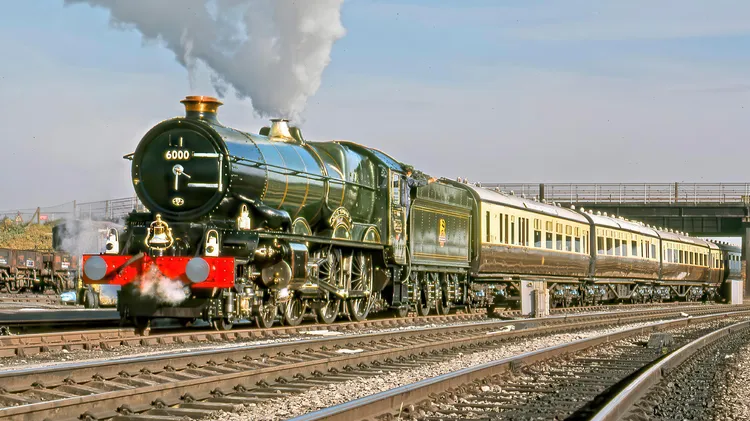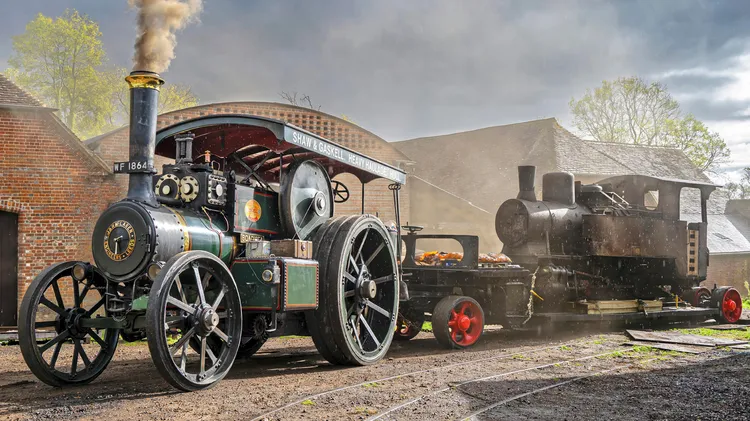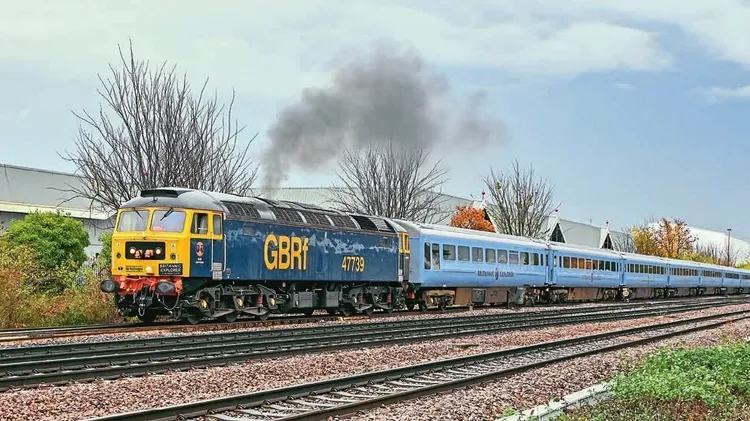The un-named experimental turbine driven No
Princess anne – the hybrid ‘princess royal’
13 min read
This article is from...
Read this article and 8000+ more magazines and newspapers on Readly






